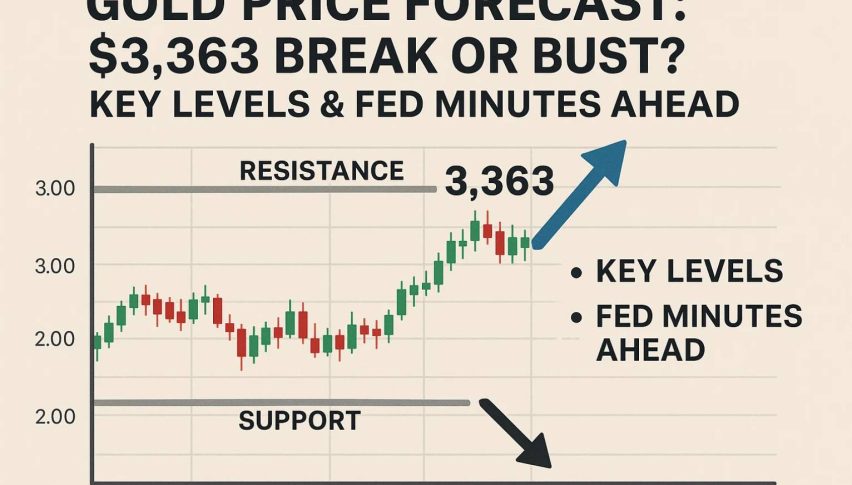Gold Price Rises to $2,362 Amid Fed Rate Cut Speculations and Economic Concerns
Gold (XAU/USD) recently rose to around $2,354 per ounce, touching an intraday high of $2,362. This increase is largely attributed

Gold (XAU/USD) recently rose to around $2,354 per ounce, touching an intraday high of $2,362.

This increase is largely attributed to a weaker US dollar, which has been losing traction amid growing expectations that the Federal Reserve may initiate a rate-cutting cycle later this year. The anticipation of rate cuts has created a cautious market environment, particularly with the upcoming US Non-Farm Payrolls (NFP) report due on Friday. Despite the prevailing risk-on sentiment and subdued trading activity due to the US Independence Day holiday, gold has found support.
Economic Concerns Impacting Gold Prices
On the US economic front, the dollar has weakened significantly as many believe the Federal Reserve might start reducing interest rates later this year. This belief has been reinforced by recent economic reports indicating a slowdown. The minutes from the latest Federal Open Market Committee (FOMC) meeting revealed that policymakers are increasingly concerned about the gradual cooling of the US economy. Consequently, yields on US Treasury bonds have dropped, pushing the dollar to its lowest point in three weeks.
The private sector added 150,000 jobs in June, slightly below the expected 160,000 and down from May’s 157,000. Additionally, the number of people filing for unemployment benefits reached its highest level in two and a half years, reflecting a weakening job market. The Services Purchasing Managers’ Index (PMI) for June fell to 48.8, indicating a contraction in the services sector and marking its lowest point since May 2020. These developments highlight ongoing economic challenges, likely influencing the Federal Reserve’s stance on interest rates.
Technical Analysis and Market Strategy
Gold (XAU/USD) is currently trading at $2355.755, up 0.13% in the early European session. The 4-hour chart highlights several critical technical levels. The pivot point at $2360.44 is significant, serving as a potential reversal or continuation point. Immediate resistance levels are at $2368.99, $2377.06, and $2384.50. Breaching these levels could trigger further buying pressure. Immediate support is found at $2347.61, with additional support at $2341.81 and $2336.27, offering potential buying opportunities if the price dips.

Technical indicators suggest caution. The Relative Strength Index (RSI) is at 68, nearing the overbought zone, indicating a possible bearish correction. An RSI at such high levels often signals overvaluation, increasing the likelihood of a price drop. The 50-day Exponential Moving Average (EMA) at $2327.71 suggests a bullish trend as long as the price remains above this average, acting as dynamic support.
Given the current market setup, a conservative strategy would be to sell gold if it falls below the pivot point of $2360.44. An entry price at $2360 aligns with a potential bearish correction. Setting a take-profit target at $2345, matching immediate support levels, ensures a favorable risk-reward ratio while capturing downside movement. A stop-loss at $2368, just above immediate resistance, limits losses from unexpected upward moves.
Conclusion
In summary, while gold maintains a bullish stance above its 50 EMA, the near-overbought RSI and key resistance levels suggest a potential short-term bearish correction. Investors should monitor these levels and indicators closely to navigate today’s market effectively.
As economic uncertainties persist, gold remains a favored asset for hedging against market volatility and potential interest rate cuts by the Federal Reserve.
- Check out our free forex signals
- Follow the top economic events on FX Leaders economic calendar
- Trade better, discover more Forex Trading Strategies
- Open a FREE Trading Account


